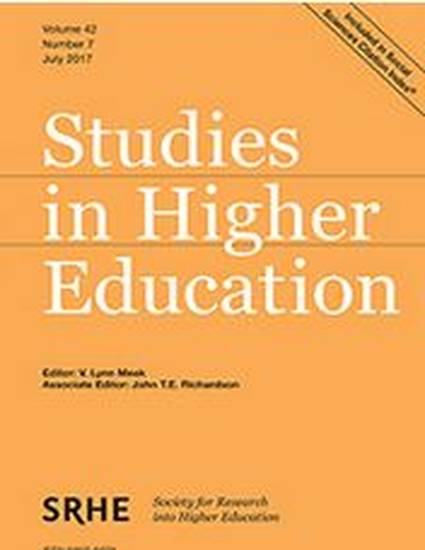
Article
Scale and scope economies of distance education in Australian universities
Studies in Higher Education
(2017)
Abstract
Despite compelling qualitative arguments for scale and scope economies in university-level distance education, as distinct from traditional class-based face-to-face instruction, there is little rigorous quantitative evidence in support. In this paper, we explore the scale and scope economies of distance education using a multiplicatively separable cost function and a sample of 37 Australian public universities over the 10-year period from 2003 to 2012. The results suggest strong overall scale and scope economies and product-specific scale economies for distance education. Further, the economies of scope for distance education are increasing with mean output, suggesting an increasing cost benefit of producing distance education in conjunction with traditional class-based face-to-face teaching. This provides an important implication: when allocating places for different modes of attendance or considering further expansion of student numbers, there should be a priority on distance education as a means of achieving significant cost savings. [Publisher]
Keywords
- Factor inputs,
- Tertiary education,
- Economics,
- Distance education,
- University dropouts
Disciplines
Publication Date
January 18, 2017
DOI
http://dx.doi.org/10.1080/03075079.2015.1126817 10.1080/03075079.2015.1126817
Citation Information
Liang-Cheng Zhang and Andrew C Worthington. "Scale and scope economies of distance education in Australian universities" Studies in Higher Education Vol. 42 Iss. 9 (2017) p. 1785 - 1799 ISSN: 1470-174X Available at: http://works.bepress.com/liang-cheng-zhang/3/
